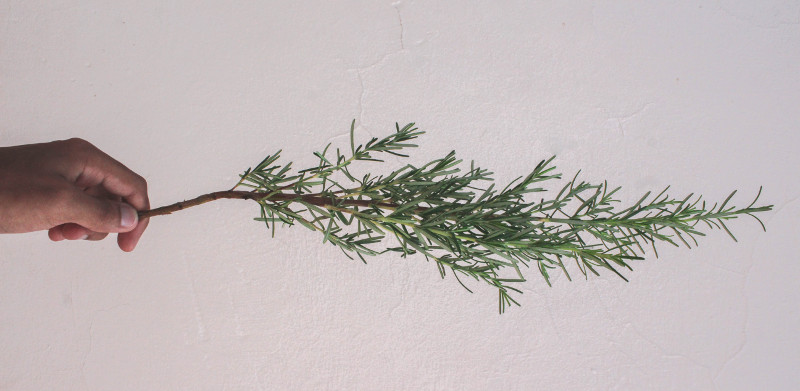Salvia plants are quite resilient and may do fine without any assistance from you or your pruners. However, that does not mean that salvias do not benefit from occasional deadheading during the late spring through fall. Sometimes off-season pruning of older growth provides the necessary boost to help your salvia grow prolifically. Very rarely does a salvia need to be pruned beyond spent blooms or removal of older growth. Read on to determine what and if pruning may be beneficial to your salvia.

When to Prune Salvia
Pruning of older growth should be done during the off-season. Off-season for salvia plants is winter through early spring. If you happen to prune during the salvia’s peak blooming season, don’t fret. In case you get too aggressive pruning during peak season, ensure you provide your salvia plants with a nice 1” layer of aged compost to provide some extra nutrients to the plant. This allows the nutrients to be easily accessible if foliage is at a minimum and its chlorophyll production is at a standstill.
If you observe your salvia plants fade on bloom production from late spring through fall, deadheading may help your plant begin the process of adding new blooms. Because you are not removing the majority of the foliage as you clip the spent blooms, your salvia will make a great recovery and provide you with beautiful, new blooms.
Perhaps your plant has looked awful, scraggly and not at all what you desire for your landscape. During the off-season (winter through early spring) is a great time to prune your salvia down to about 2” from the root base. This will allow a flush of growth come springtime.
Why Prune Salvia
Salvia plants are quite resilient and don’t typically need excessive pruning. That does not go to say that salvia plants won’t benefit from the occasional pruning or deadheading.
If you observe older growth that does not appear to be flourishing with foliage or blooms, it would be wise to prune these stems during the off-season.
Deadheading may be necessary if the bloom production has slowed down or stopped while still in peak season (late spring through fall).
Or you could just need to prune some sprigs of sage or rosemary. In that case, pruning and harvesting follow the same basic rules for the most part.

How to Prune Salvia
Step 1 - If your salvia plant has older growth that isn’t flourishing, it will be best to prune those stems. During the off-season (winter through early spring), prune off individual stems that do not appear to be aiding the majority of the plant. Cut down to about 2” away from the root base.
Step 2 - If blooms have diminished, deadheading will benefit the salvia.
If you’ve noticed that your blooms have faded away and you’re still within peak season (late spring through fall), deadhead your salvia by clipping off the spent blooms.
Step 3 - An overall pruning may be necessary if you’re unhappy with your salvia’s appearance.
During the off-season (winter through early spring), prune your salvia down to about 2” from the root base. This allows ample time for foliage to replenish prior to blooming.
Salvia Pruning Tips
- Deadheading will assist in low bloom production.
- Pruning of older growth is good to do in the off-season.
- Sometimes the foliage just doesn’t cut it for your landscape, prune down to about 2” during the off-season.
- Bonus: clip off blooms or foliage to your heart’s desire (without stripping the plant of the majority of its foliage) so you can enjoy it within your floral arrangements or herbal usage.
 |
Author Chris Link - Published 03-07-2022 |
